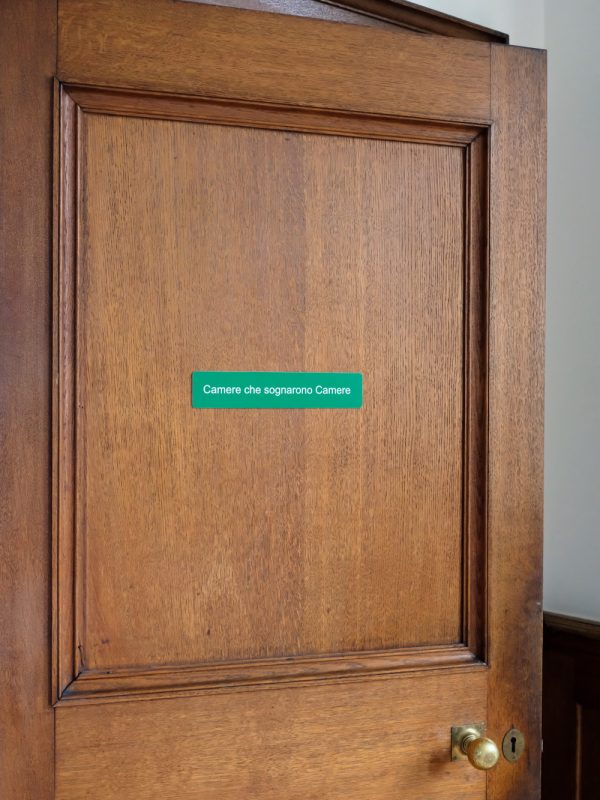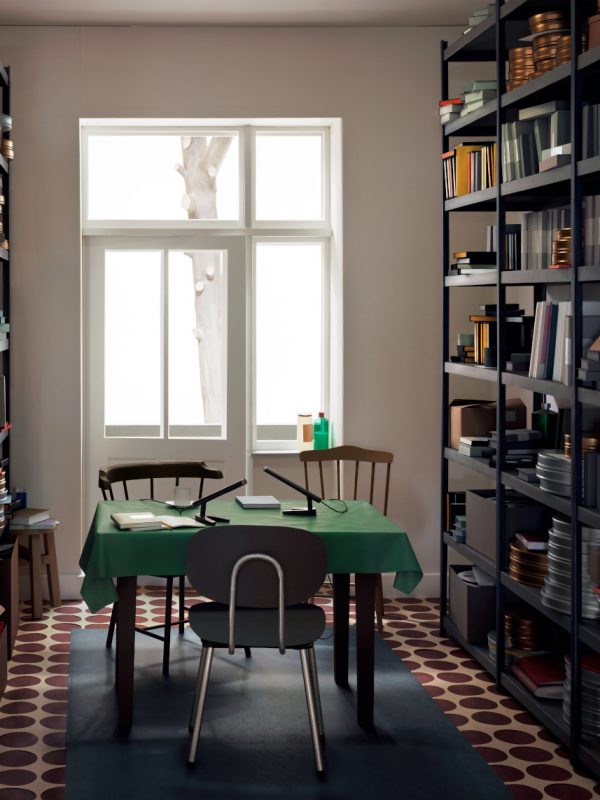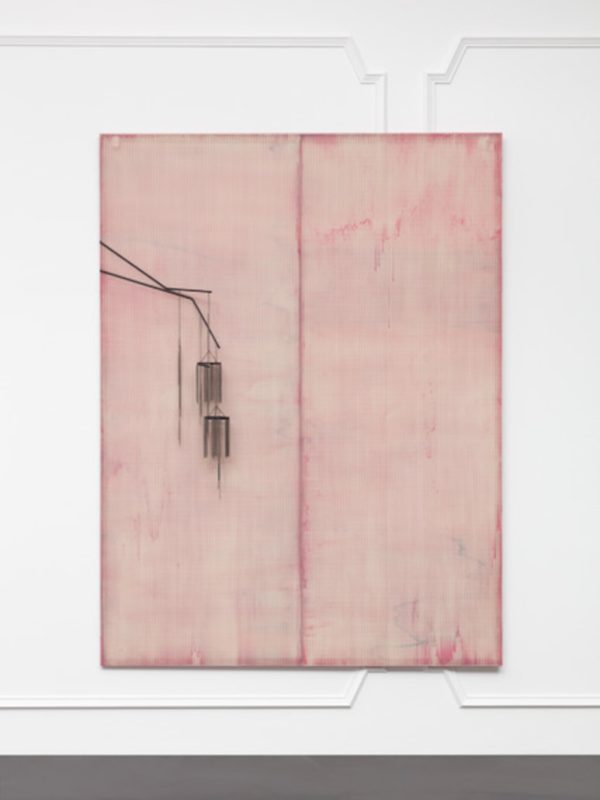CAMERE CHE SOGNARONO CAMERE
a project by Sabine Vollmann-Schipper and Laura Gasparini after an idea by Thomas Demand and Martin Boyce. Made possible by the Girefin Contemporary Art Collection
The project for the Girefin contemporary art collection is joining a conversation between the works of Thomas Demand and Martin Boyce. The German and Scottish artists have been working with photography for many years, but make a very specific use of the medium.
Thomas Demand creates three-dimensional models in paper or cardboard that reproduce – in life size – fragments of reality that he then records photographically before destroying the sculptures. Often times the resulting images refer to places, where events of historical and social relevance occurred and have subsequently intruded into our collective memory. Notably in this show, Heldenorgel (depicting a memorial for the victims of the first world war in the form of an outdoors organ, making it an audible monument) and Klause, a site in which a crime has not happened – even if the yellow press prejudicated such an act – are prime examples of his singular and influential approach. For Demand, photography prepossesses our perception of the world: “things enter the world through photography” he says, “and that certainly affects the way how we communicate, analyze and understand our surroundings”.
Martin Boyce‘s sculptures, photographs and installations poetically investigate the intersections between art, architecture, nature and design. Boyce is inspired by the forms of the built environment, architecture and everyday objects. Boyce mines these elements to recombine, distort and abstract them for his works. The scale of this activity can vary from the smallest intervention to landscapes which potentially recalibrate our understanding of a post-urban environment. His central series of images in the exhibition, Spook School, show us the remnants of a burned-out building, the famous Glasgow School of Art, by Charles Rennie Mackintosh. This building is the academy that Boyce himself attended as a student. Most poignantly, it connects this show with the Palazzo da Mosto, itself an institution rich in history as a pedagogical laboratory and a school until the present.
The authors hope to trigger a dense visual dialogue between their works, offering an inspiring and complex experience, catenating references, narratives and associations. The exhibition architecture by Thomas Demand provides a peculiar and memorable encounter with the artworks within the palacial exhibition space.




